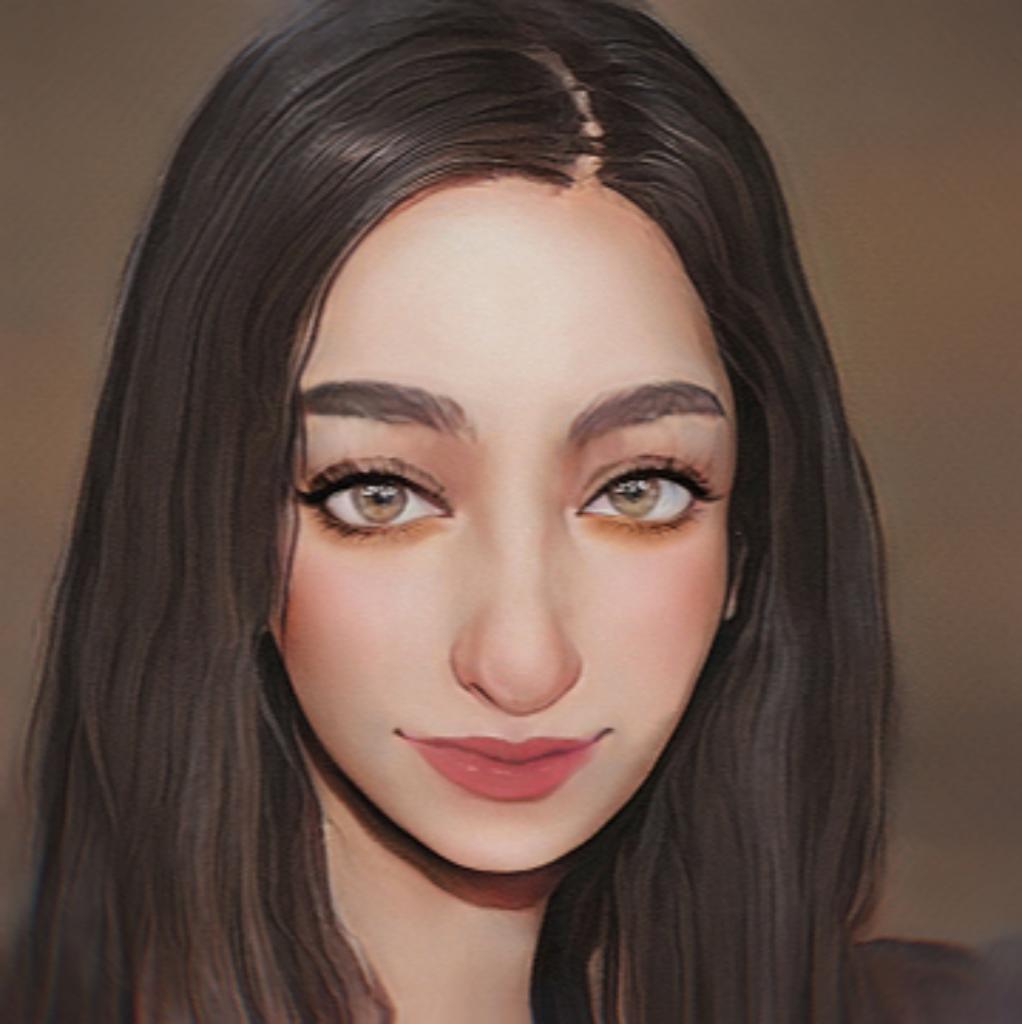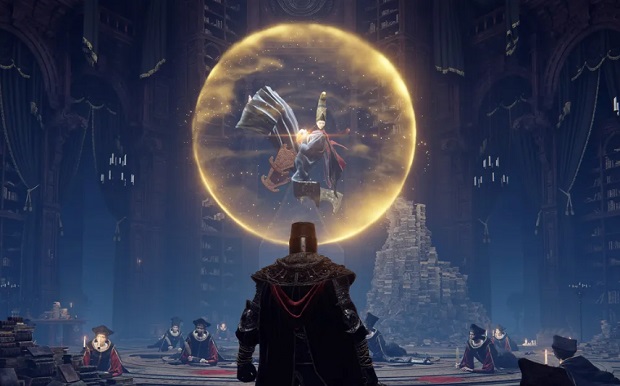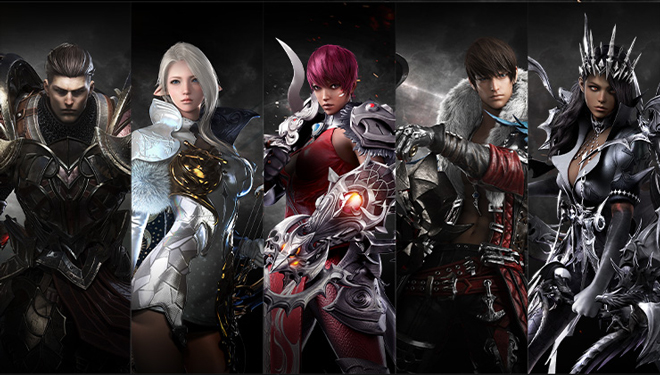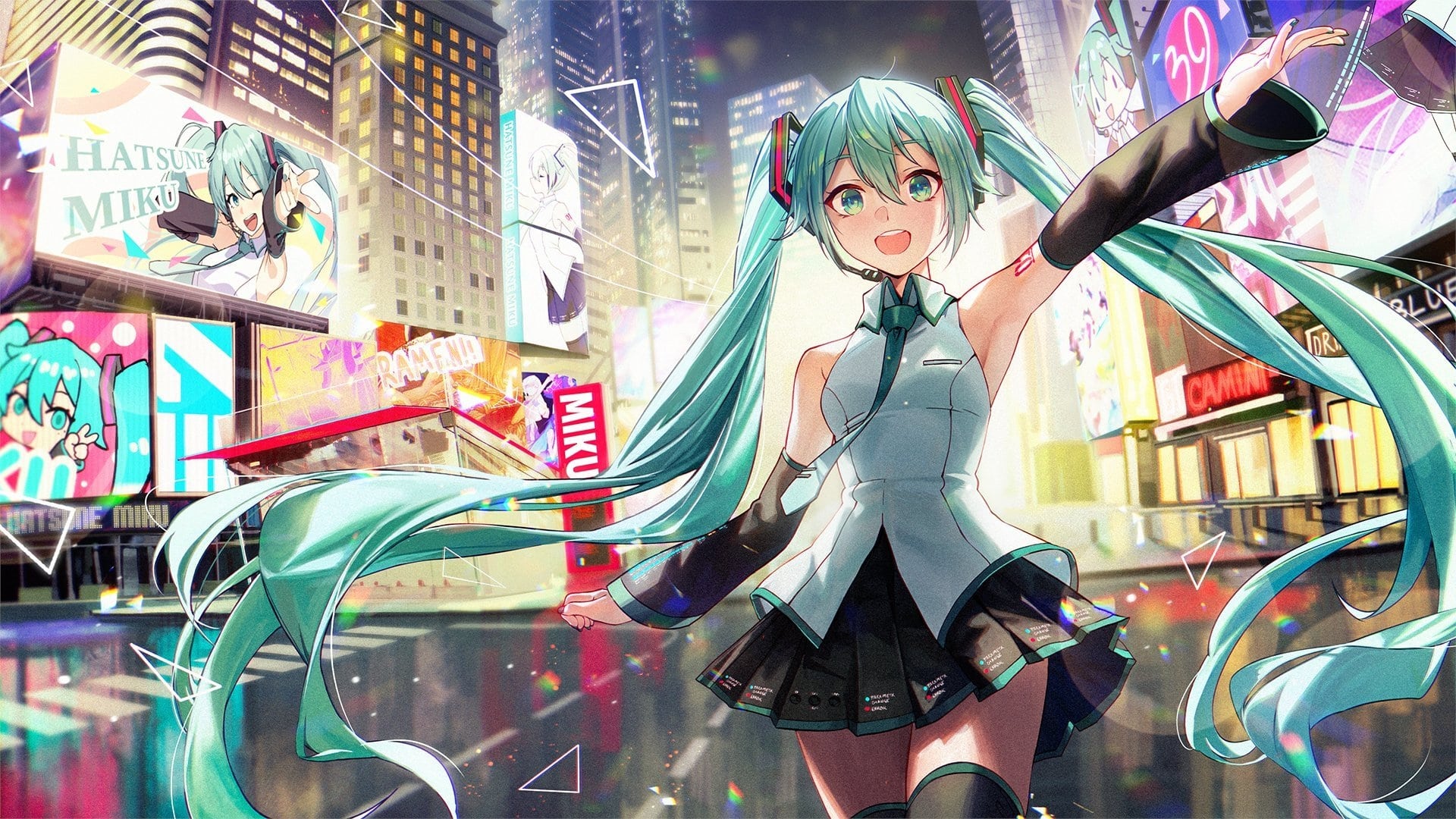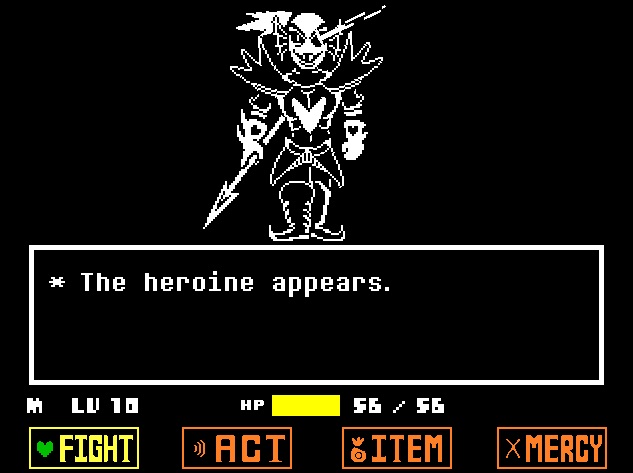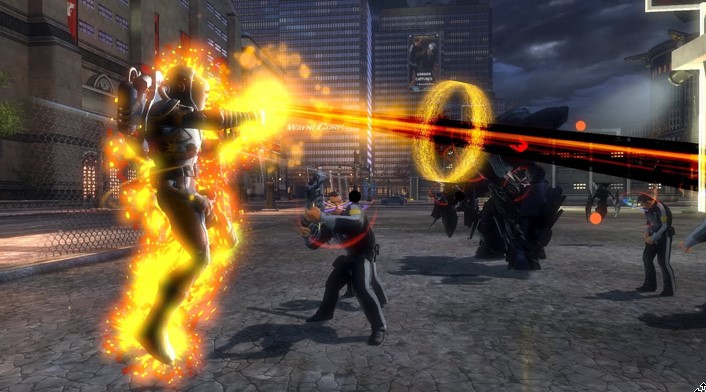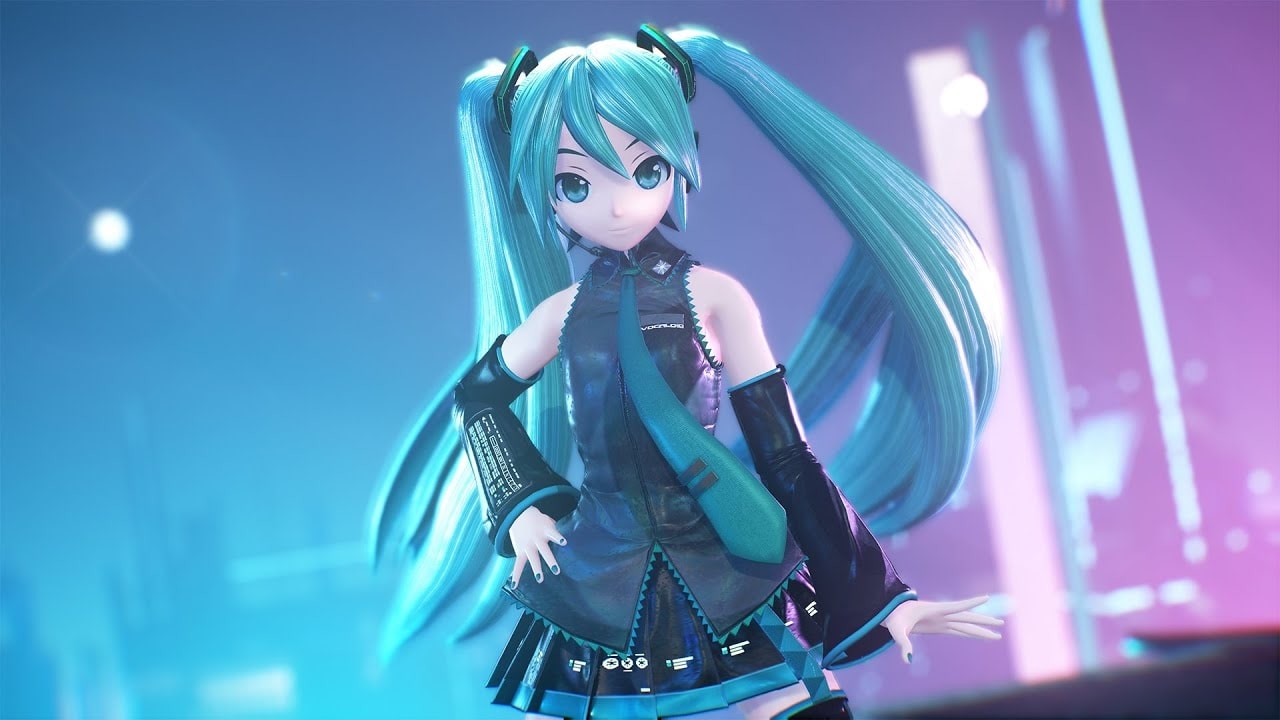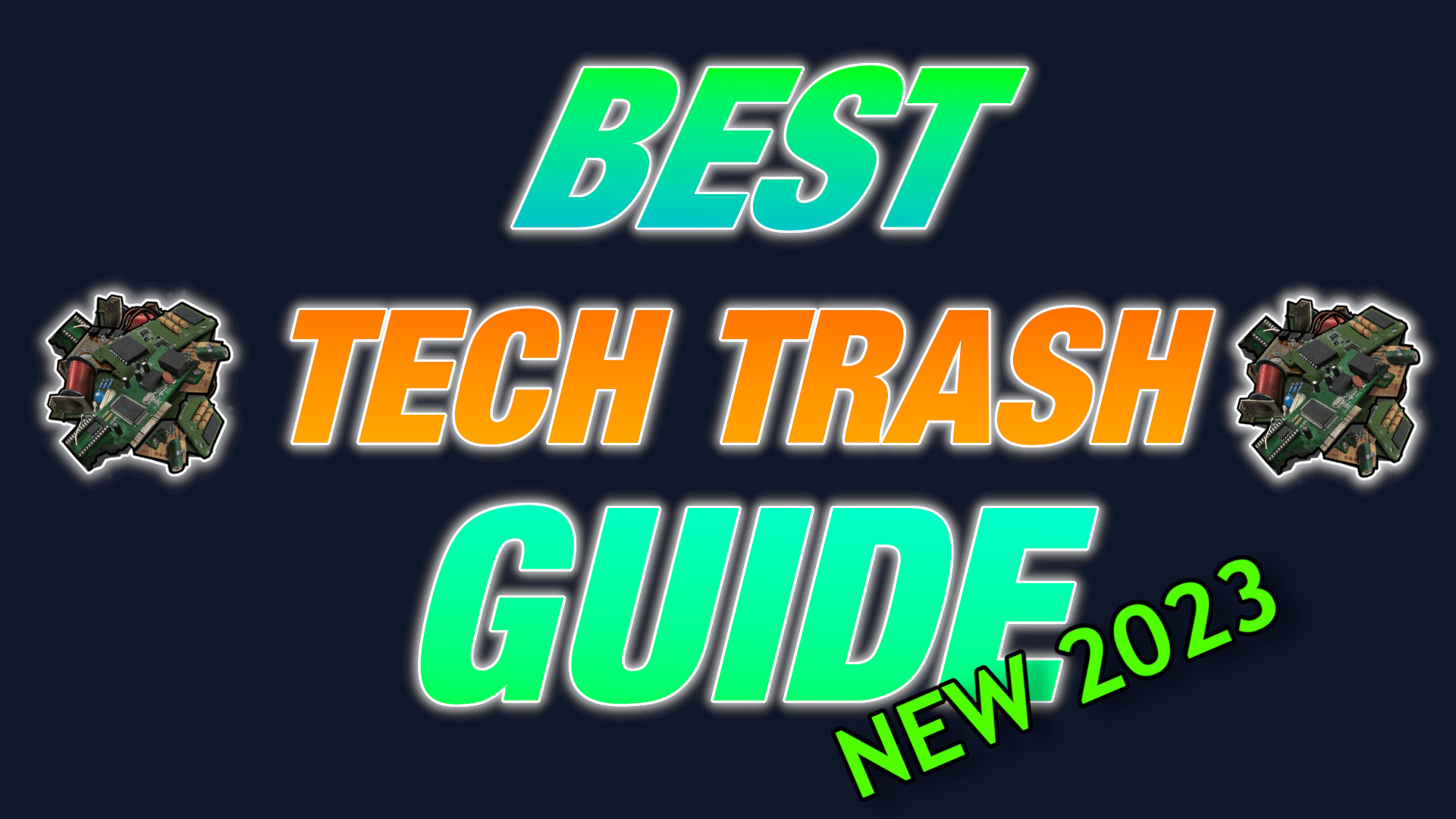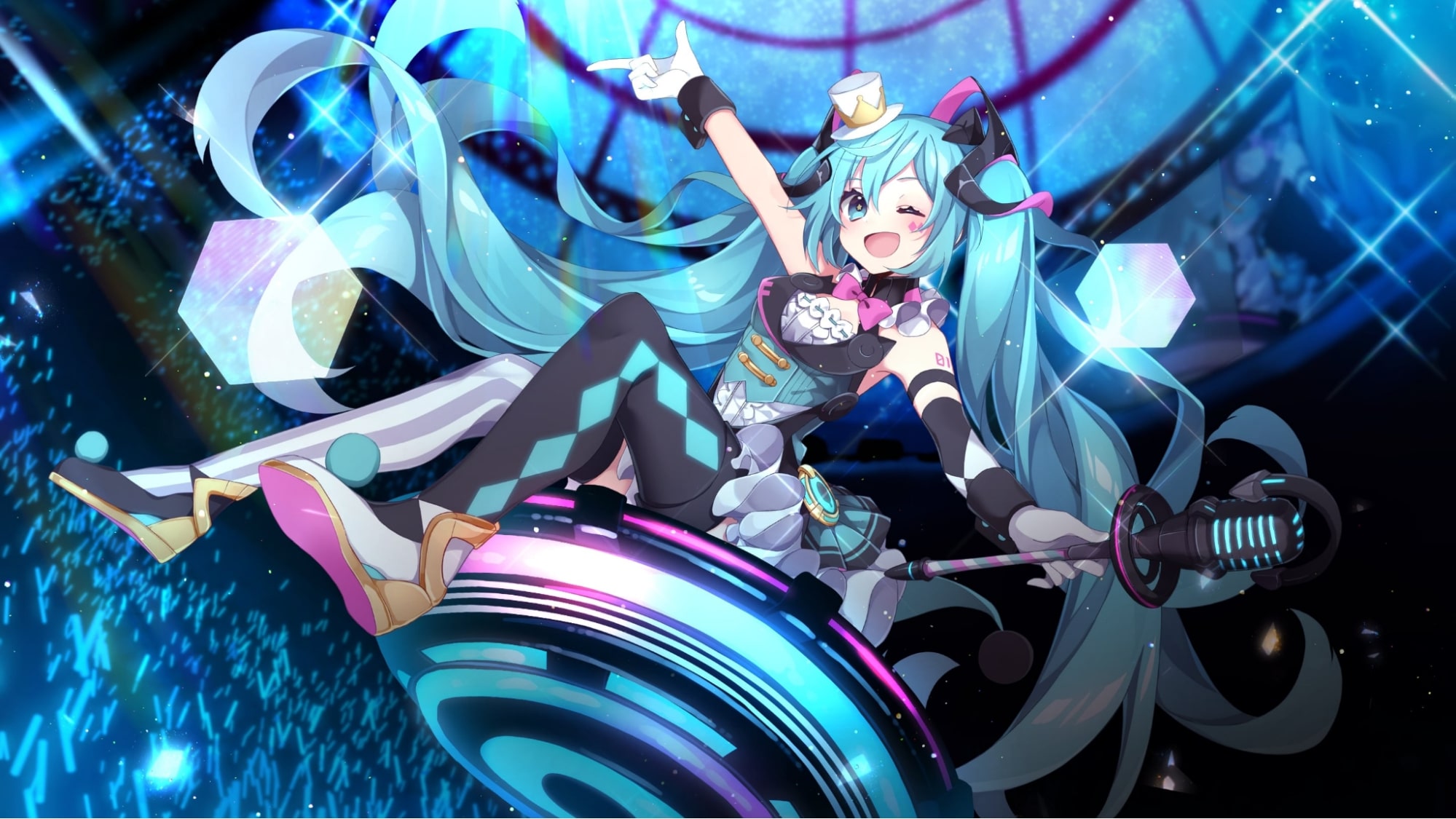
20 years since its release, Vocaloid has been a cherished software that’s constantly surprising the world with new technological advancements in music. Not only has Vocaloid made it possible for us to produce songs without singing a single note yourself, but it also provides a way for anyone and everyone to touch the hearts of others. There’s a wide variety of over 90 voicebanks to choose from.
So which Vocaloid software is the best for you? This article has hand picked the top 5 software that will give you the best start on your journey towards Vocaloid song production.
1. VOCALOID6

GUMI from VOCALOID6 Rocking it Out
VOCALOID6 is the newest Vocaloid software to date. It has features that are wholly unique to this edition, such as VOCALOID:AI, the new cutting-edge technology that seamlessly joins phonics together, so your vocals sound completely human. In addition, the software allows a single voicebank to sing in English, Japanese and Chinese without the need to switch from bank to bank.
The most exciting feature of VOCALOID6 is the ‘Vocalo Changer’, which essentially allows you to import a human singing, and have the voicebank replicate the singing style, so it can be more tailored to your own preferences. VOCALOID6 offers much more variety and room for alteration than the other softwares, and you can even change the accents of the voices you’re using.
There are a few drawbacks to this software, however. One is that there is a very limited amount of voicebanks that come with the software. As of yet, there’s only the VOCALOID5 and 6 new quartets, along with AI Megpoid, Po-uta, Flower, Fuiro, AI Otomachi Una and ZOLA PROJECT V6.
All in all, this new development is a must-have, even for the duration of their 1-month trial. Even though third-party VST plugins aren’t compatible, you can still use the other VOCALOID4 voicebanks that you may already have, giving you a huge array of new uses and skills at your fingertips.
2. VOCALOID4

Hatsune Miku, the World's Biggest Virtual Idol
VOCALOID4 is the last Vocaloid software made by Crypton Future Media INC, for the characters Hatsune Miku, Luka, Kagamine Rin, Kagamine Len, KAITO and MEIKO. This is because as Crypton developed their softwares, Yamaha wouldn’t be compatible with them anymore. Therefore, Yamaha owns only up to the V4 characters now, but not as Vocaloids, and they’re now known as the Piapro Characters.
VOCALOID4 harbours the voicebanks for many other beloved Vocaloid characters, such as V Flower and Fukase. Many of these characters have been taken on by other vocal synthesisers and developed further based upon the Yamaha designs, so you may have noticed the revamped Ci Flower by CeVIO.
Many fans of VOCALOID4 aren’t supportive of the newly developed alterations of VOCALOID4 characters due to the complete change in the way that they sound. However, much like Synthesizer V AI’s version of the April Fool’s Vocaloid singer Teto, these new versions sound much more human.
The software is seen as the safest Vocaloid software, with all the required functions that are easy to use. Although it doesn’t have the newest technology, it’s the software with the most compatible Voicebanks, and holds the newest versions of the Piapro Characters, making it the favourite of most Vocaloid producers.
3. VOCALOID3
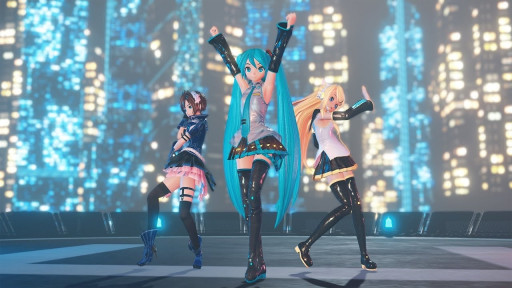
Hatsune Miku Performs With her Friends
VOCALOID3 is known to be the most experimental of the Vocaloid softwares. It was a drastic improvement from VOCALOID2, with many new features including the support of languages other than Japanese for VocaListener, which is essentially the lesser version of Vocalo Changer. VOCALOID3 also was the first version to sell its tuning software separately from its voicebanks, unlike its predecessors.
VOCALOID3 was making groundbreaking advancements of its time, including the attempt to artificially bring back the voices of Japanese singers who had passed away. Out of respect, these reincarnated voices would be only for personal use, not to make Vocaloid songs with. This later inspired UTAU, a similar but free-to-use voice synthesiser, to develop voicebanks from those who have passed also, commonly through using the recording software Oremo.
The development of the first Spanish Vocaloids, Bruno and Clara, was thanks to VOCALOID3. It’s relatively easy to use, but VOCALOID4 was still favoured. As a result, voicebanks for VOCALOID3 are able to be imported into VOCALOID4 also.
If you want a more cost-effective version of VOCALOID4 with the most features, VOCALOID3 is your best bet. This way, you can still produce songs in languages other than Japanese with the charm of the Piapro characters.
4. VOCALOID5

Sweet ANN's MMD Model
VOCALOID5 is the first Vocaloid software to offer a Standard version and a Premium version. The two didn’t differ greatly, so Standard was the most popular out of the two to buy. Premium included the availability of CYBER DIVA II, CYBER SONGMAN II, VY1 and VY2, along with the Standard’s new voicebanks Chris, Kaori, Amy and Ken.
This new software was marketed towards a wider demographic, and so Chris, Kaori, Amy and Ken’s designs were based upon human-like models rather than the anime-esque designs of the others. Regardless, the latter was still more popular than the human designs, due to their aesthetic appeal and legacy.
VOCALOID5 allows free upgrades from both VOCALOID3 and VOCALOID4 to VOCALOID5, which allows an increase in rendering quality and overall fine-tuning of vocals. Although there aren’t any upgrades of previous V3 and V4 voicebanks to V5 for various reasons, they’re all still compatible with VOCALOID5.
If you’re planning on producing songs in languages that haven’t been in Vocaloid previously such as South Korean, then VOCALOID5 may be what you need. The many different female and male-sounding voices are great for starting a fully fledged band of singers in other languages.
5. VOCALOID2
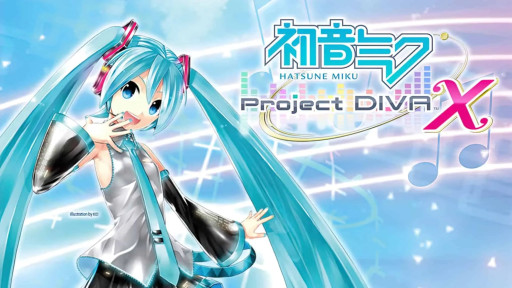
Hatsune Miku on the Cover of the Original Projext Diva X
VOCALOID2 is arguably the Vocaloid software that caused it to become as big as it is today. VOCALOID1 was based upon voice analysis, whereas the voicebanks of VOCALOID2 are based upon real voice samples, making them sound much more human at the time. In addition, VOCALOID2 had a wider variety of voicebanks, upgrading from just MEIKO and KAITO that VOCALOID1 had.
Although VOCALOID2 wasn’t reverse compatible, its voicebanks could be used in the more recent versions. It’s most similar to the free synthesiser UTAU in function, but with a few more features and better rendering. Also, Vocaloid voicebanks aren’t compatible with UTAU.
This software is for those who prefer a more ‘traditional’ approach to Vocaloid, where the cyber aesthetic of the voices would fit in with 2000’s music. The introduction of a large number of primary Vocaloid characters, 35 to be exact, also occurred in this time, where some were so popular that they featured in anime.
The previous Vocaloid software is very hard to find, so a keen eye is needed to hunt them down, be it in auctions or ancient online sites. Many are no longer supported, and you may see some abandoned voicebanks that aren’t in use anymore. Nevertheless, they’re a treasure to own and use, and are worth the price they sell for.
